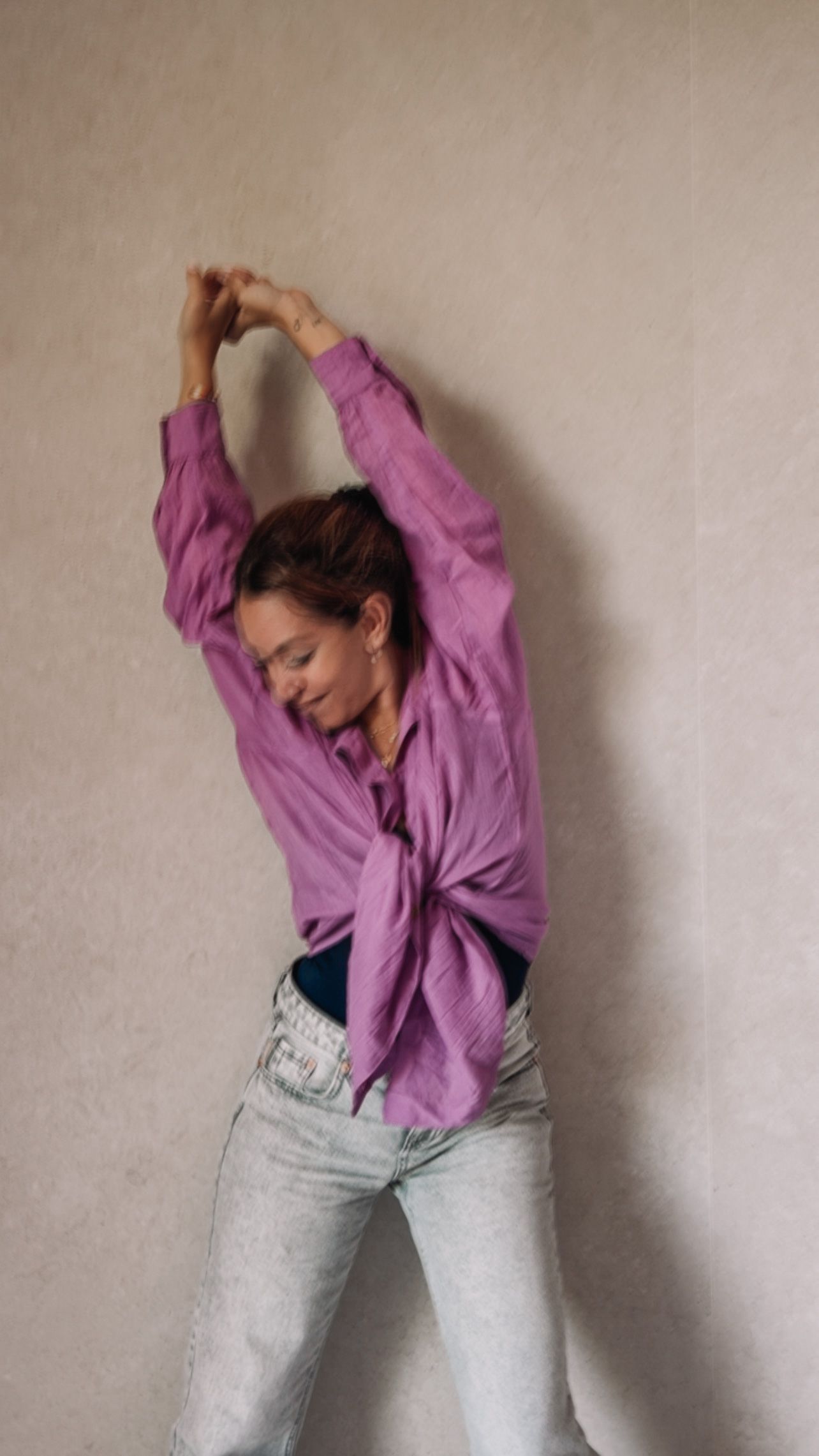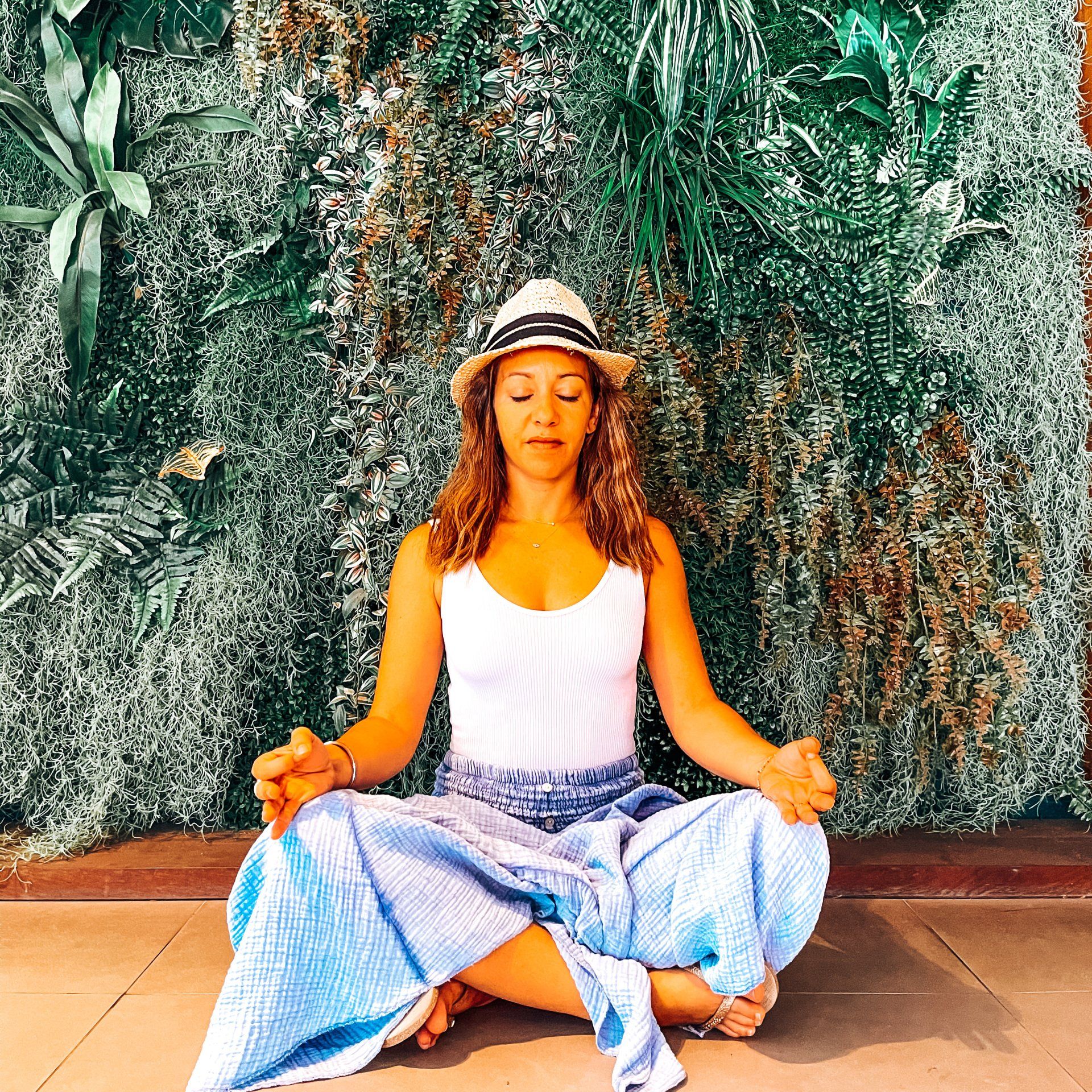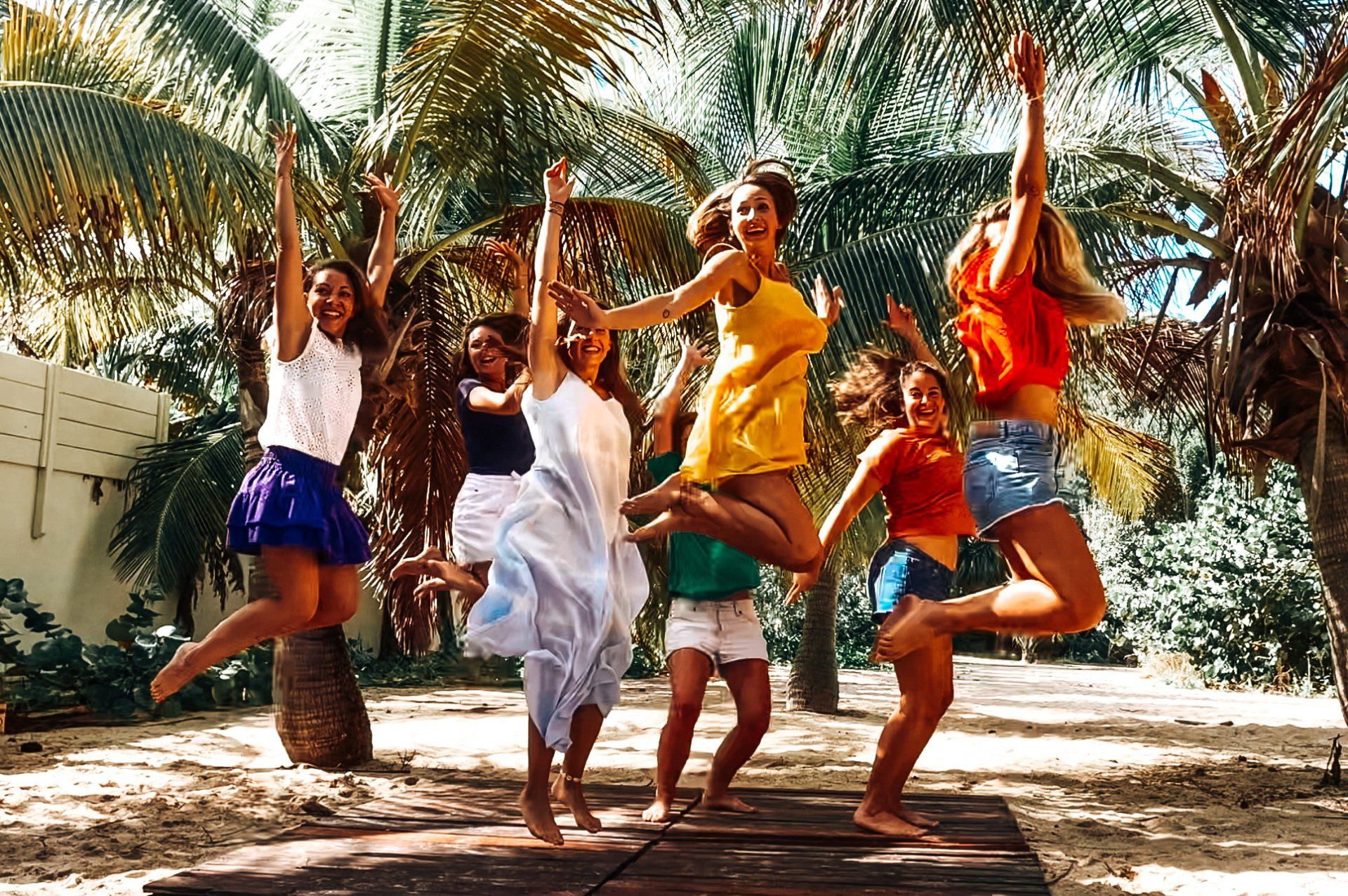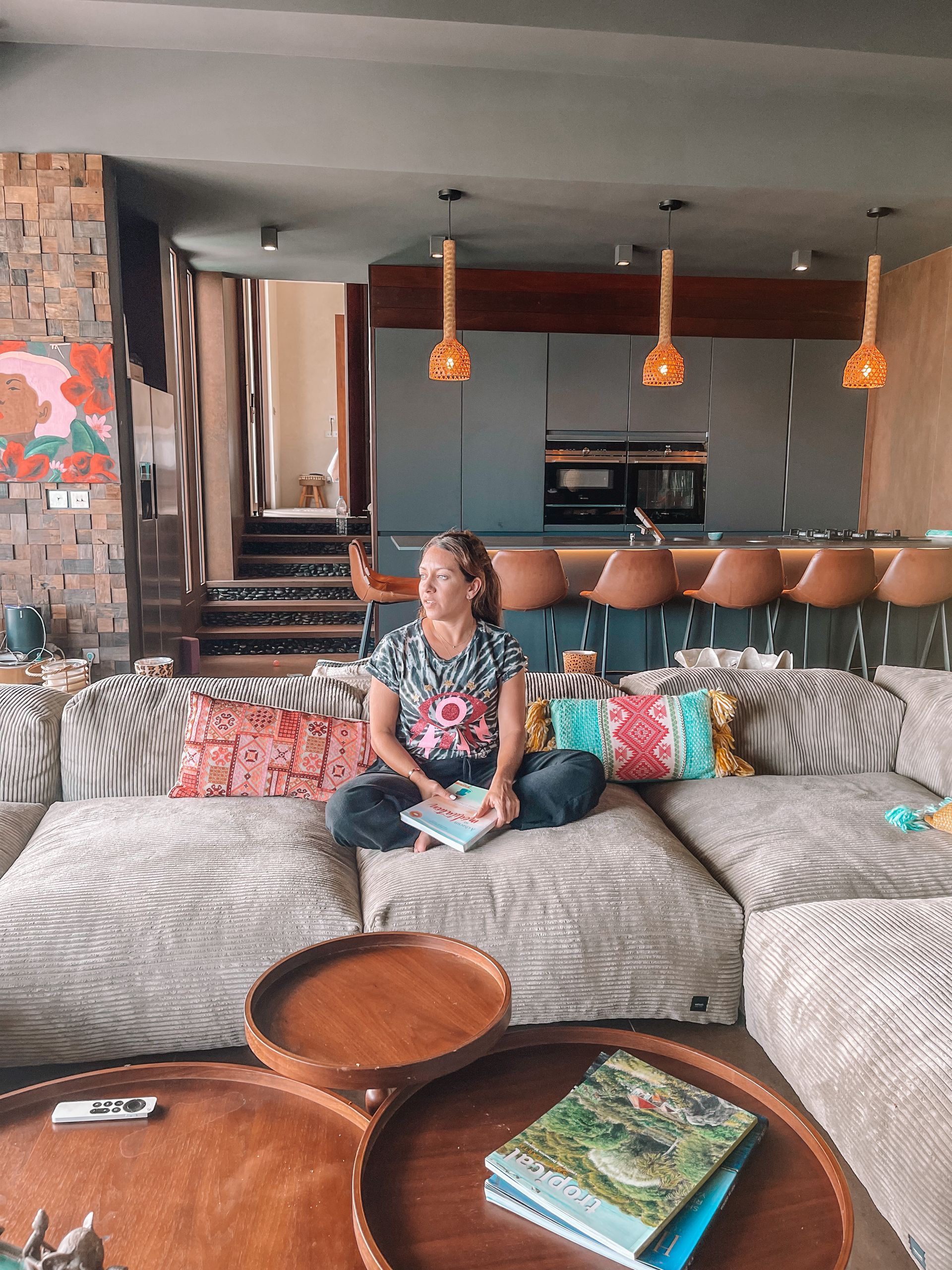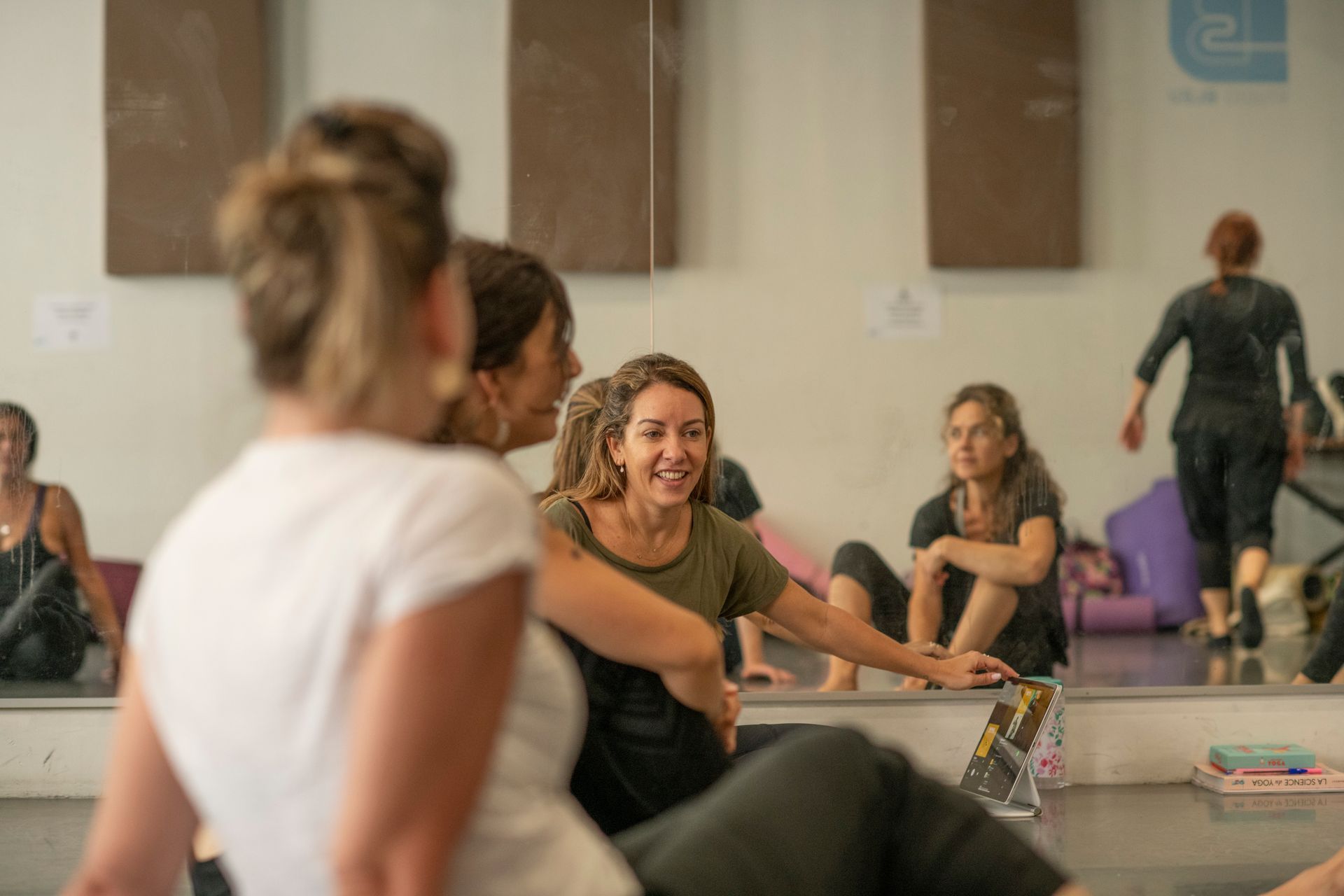6 tips to apply today to be a good yoga teacher

Tip 1: Adjust verbally rather than physically.
Those who have been trained with me know that I don't advocate physical adjustment, because for me it's more important to develop inner awareness and to listen to your body.
Why? Because the student will self-adjust just by listening to your words, rather than waiting for you to do it for him/her. For instance, you can use a mirror for self-adjustment and/or props.
This allows the student to experience movements more clearly, and to root him/herself more deeply in some poses.
Physical adjustment is a last resort, and being a teacher does not give you permission to physically adjust students without their consent.
I even advise you to practice with closed eyes, so that you don't try to reproduce the shape, but focus on the essence of the pose, meaning its effects and intentions. The goal of a pose is not to touch your feet, but rather to open or lengthen a body part, and when you understand the intention you don't need to copy it, and that comes with sensory experience.
That's why we train our teachers to teach away from their own mats
Tip 2: Don't shout, just talk
I may have gone too far here, but what I want to emphasize is that the sound of the yoga teacher's voice is a kind of music therapy that adds to the relaxation felt during the session. In some yoga styles ( such as yin, for instance), it's only the sound of the teacher's voice that makes you enjoy the class. Music has a power over our brain, blood pressure and muscles in just 3 seconds, whatever our culture. So your voice is a very important tool when teaching yoga. Keep your voice soft, guiding and loving.
Tip 3: Giving clear explanations without drowning in information will help you teach
Many teachers tend to over-talk during a class, thinking that they have to give a lot of information and advice throughout the practice. But they don't have to. Continuous instruction from the teacher can be overwhelming for students. In yoga classes, students go inward and enjoy the silence too.
New yoga teachers struggle to manage silence, and it's a very natural reflex to want to fill silences with well-intentioned but useless words.
Tip 4: Share your knowledge without being self-entered
To me, being a yoga teacher means transmitting. You have to bring your heart, your energy, everything you've got. We are simply guides, leading students to experience yoga. Let them discover its strength and power, and at the same time their own strength and power.
The more you forget about your words, your presentation and your performance as a teacher, the better you'll serve your students.
Tip 5: A lifelong student you'll be
Being a yoga teacher is a very demanding job, not only physically, but also emotionally and energetically. It's not just a matter of coming to give a yoga class and leaving. There's a lot of preliminary work, to continually train, educate yourself and practice, for example by attending workshops and masterclasses given by other teachers, or by training in other yoga styles to enrich your knowledge, such as yoga dance.
Tip 6: Your students' well-being is your priority
During each class, you'll make sure your students feel good about themselves, boost their self-confidence and achieve their various goals. Even if you only see the student once, you'll be helping him or her to take a break and relax.
In a group yoga class, you don't have to sacrifice the group experience to help an individual. The group energy helps to carry the work and effort required in the practice.
And there you have it!
6 quick tips for excelling as a yoga teacher.
I've tried them myself, and they work incredibly well!
Now it's up to you to follow them 😉
And if you want to go further, I can help you all the way to becoming a yoga dance teacher through my online training.
